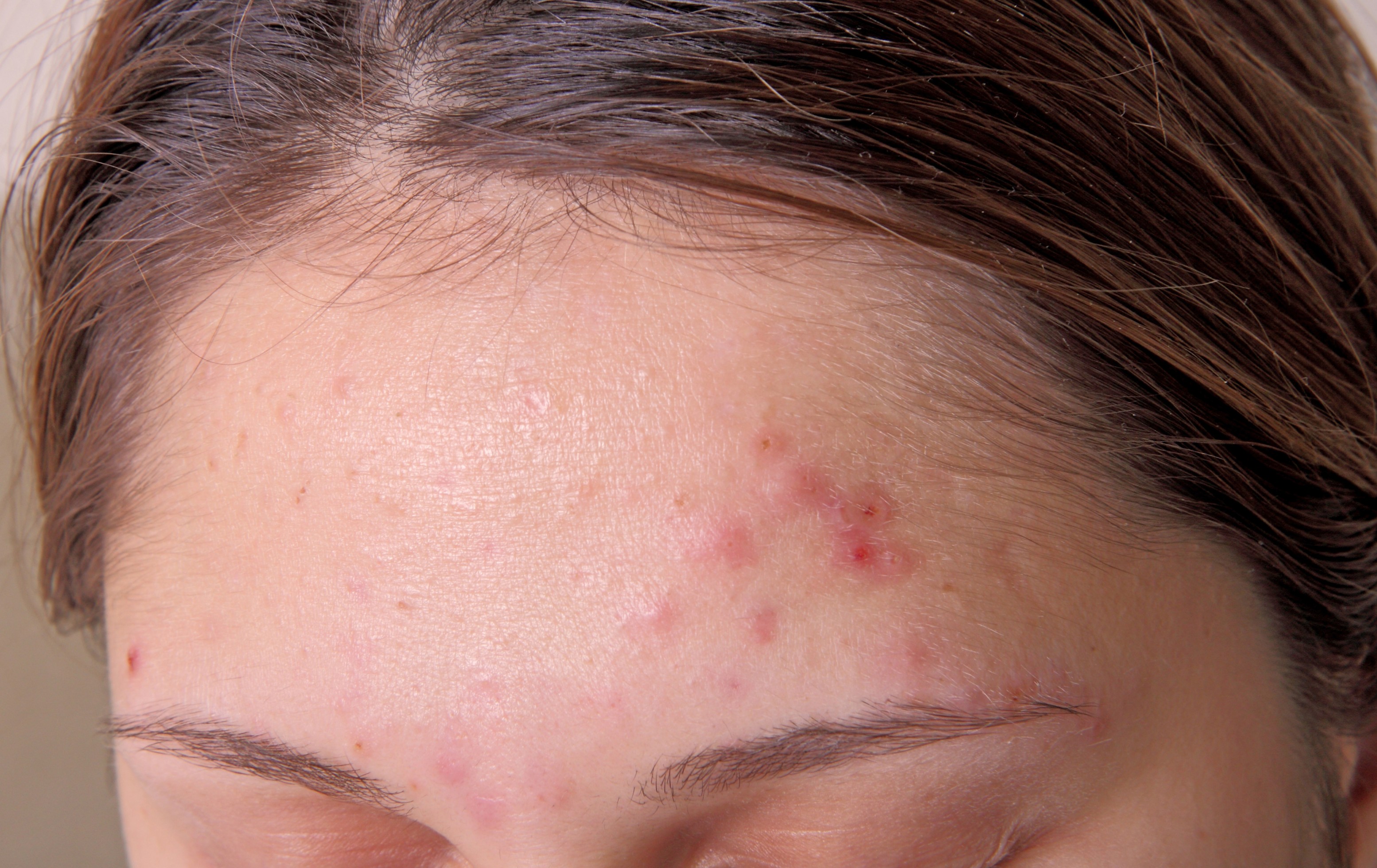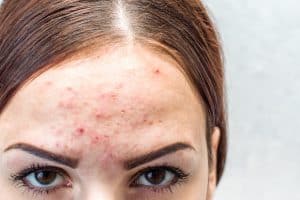Apart from our skin, your hair is the next big thing that requires a specialised care regime.
We have all grown up watching hair oil ads that show women with glistening hair as soft as silk. But as we grew up, we realised that it is not entirely realistic, and to have and maintain healthy hair can be more complex than we thought. Most of those ads only showed straight hair. So what do we do when realistically, we all have different kinds of hair textures, types and issues?
We have the answer for you right here!
So, where do we start? Identifying your hair type
The best place to start building a hair care routine is to identify what kind of hair you have. While every individual hair type is different, some broad categories can help you understand your hair better. They are as follows:
- Straight
- Wavy
- Curly
- Coily
Within these hair types, we have subcategories as well to help you better.
- Oily
- Normal
- Dry
Furthermore,
- Fine
- Thick
It is possible that your hair may be wavy, thin and oily or thick, curly and dry or any other combination.
What are the factors that decide what kind of hair you have?
Mostly it is genetic. But many other factors also play a role in the kind of hair you have. Sometimes, your hair texture can change over the years as well. This can be because of hormonal changes, diet changes, environmental changes, medications, excessive styling, the use of wrong products and wrong hair care procedures.
So what comes next?
Identifying your hair type helps in creating an appropriate haircare routine that addresses your specific needs and concerns. Before using any new products from the market, always talk to a dermatologist to ensure you are not causing any damage to your hair. They will be able to give you tailored advice that is healthy and best for you.
Let’s start creating that hair care regime, shall we?
Oiling
You can start with a quick oil massage an hour before you wash your hair for those of you who have dry hair or a dry scalp. This helps provide your hair and scalp with adequate moisture so that you don’t lose too much during the process of washing your hair. It is always best to oil your hair an hour or so before you wash your hair. Please do not keep the oil on overnight as it can cause damage to your hair and scalp by attracting dust and dirt.
A Good Wash
A thorough hair wash is a great way to clean the dust and build-up on your hair as well as the excess oils from your scalp. Sulphate free shampoos are better as sulphates can sometimes be damaging for the hair and cause dryness. We highly recommend sulphate free for people with coloured /dyed hair or dry scalps. The frequency of your hair washes depends on the texture of your hair. Straight thin hair usually gets oily and greasy very fast and might require washing up to 3 to 4 times a week.
In contrast, wavy hair needs cleaning only about twice a week. Thick curly hair, on the other hand, can already be quite dry. Therefore, a good wash once a week is adequate. It is important to remember that shampoo dries the hair and scalp. Consequently, excessive washing will lead to the loss of your natural oils and make your hair dry and dull.
Never forget to Condition.
No matter your hair type, it is imperative to condition your hair to give it a moisturising boost. For straight thin hair, use small amounts of conditioner so that you don’t weigh your hair down. Thicker hair and curlier hair can use a tad bit more conditioner to soften those curls and tame that frizz. After applying, leave the conditioner on for a few minutes and then rinse it off. Today, for those with extra moisture needs, there are also ‘leave in’ conditioners that help give a boost to your hair, making it easy to detangle hair and keep it safe from damage, especially when using styling equipment and heat.
Serum Time
A serum packed with healthy vitamins and nutrients is a great way to protect your hair until you need to rewash it. People use serums for various purposes and sometimes to treat scalp or hair conditions.
Use a serum or cream before artificially drying or styling your hair to avoid heat damage. They are also special serums for hair fall, hair loss, scalp issues, anti-frizz and many more.
Detangle!
Possibly the most tedious part of wavy, curly and occasionally even straight hair is the complex system of knots that we breed through the week or sometimes even just overnight! Use a large-toothed comb and gently run it through your hair to get the knots out. This causes less breakage while the serum helps soften the hair. Also, remember to start from your hair ends and gently move up towards your hair root.
Hair Drying
It is pretty simple to naturally air dry your hair in a country like India because our climate is tropical. Air drying your hair is the best way to avoid damaging it. And if possible, it is always recommended. However, you don’t always have the luxury of air drying. In these cases, you might have to use a hairdryer. Always use a heat-protecting cream or serum before artificially drying your hair to avoid excess heat damage. It is a good idea for those with curly hair to invest in a diffuser for your hairdryer as that helps dry your hair without ruining your curls and making your hair stand up and frizzy.
Hair Masks And Deep Conditioning
Once a week, it can be very beneficial to use a hair mask or deep condition your hair. This helps reduce frizz, dryness and repairs the damage done by pollution, sun exposure and styling products. They moisturise your hair and scalp and also help make your hair more robust and more resistant to the environment.
Eating Healthy
This is one thing you just cannot run away from. What you put into your body affects the health of your hair too! So while it is vital to keep your hair healthy externally, it is also essential to do your part internally. Food rich in Omega fatty acids, vitamin B12, Vitamin E, and protein are excellent for nurturing healthier hair. Always consult a dietician before making any significant changes to your food habits!
The silver lining
Love, Love Love!
No matter what you or your hair are going through, we would like to give you a small reminder to always love yourself.
Because you deserve it.
FAQ’s
- Should I wash my hair with hot or cold water?
A strict no to the hot water, unless you want to take the risk of making your hair appear dry or frizzy! Lukewarm water is best for a hair wash.
2. Is it better to comb my hair or brush it?
Sometimes brushes can be damaging to the hair if it is pretty tangled up. So it’s a good idea to use a wide-tooth comb first and then brush your hair. Remember to start from the bottom and work your way up to cause less damage.
3. How often should I trim my hair?
A trim every three months helps your hair look healthy and gets rid of possible split ends.
4. Is it okay to colour my hair?
At the end of the day, you can do whatever you want with your hair. Colouring, dyeing, and bleaching does cause the hair some damage, so if you intend on healthy hair, it is best to avoid it. However, to satisfy your wild side, if you do colour it, then make sure to regularly deep condition your hair and use protecting serums and follow a thorough hair care regime.

